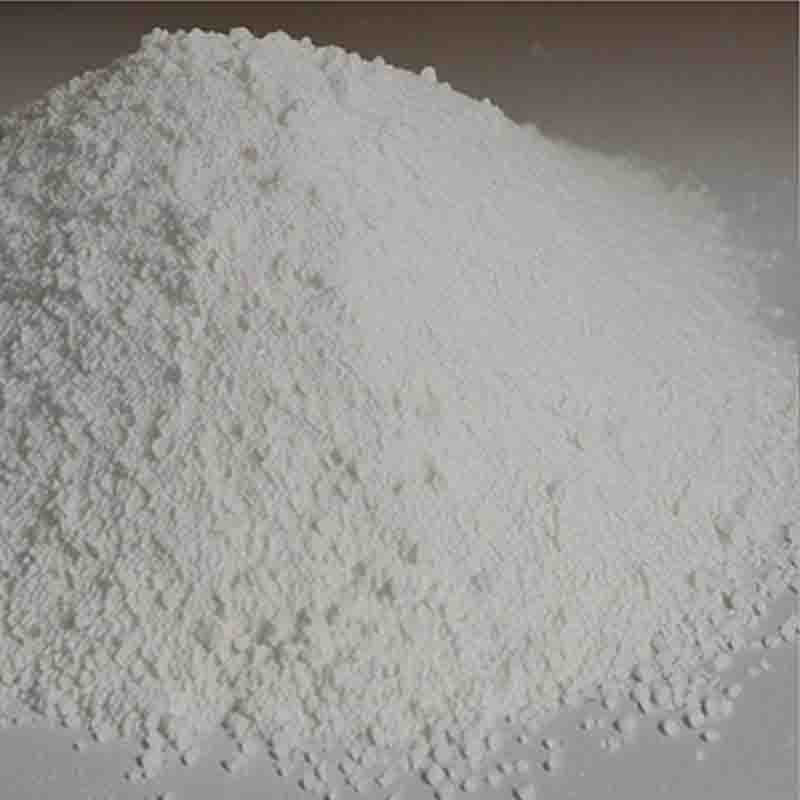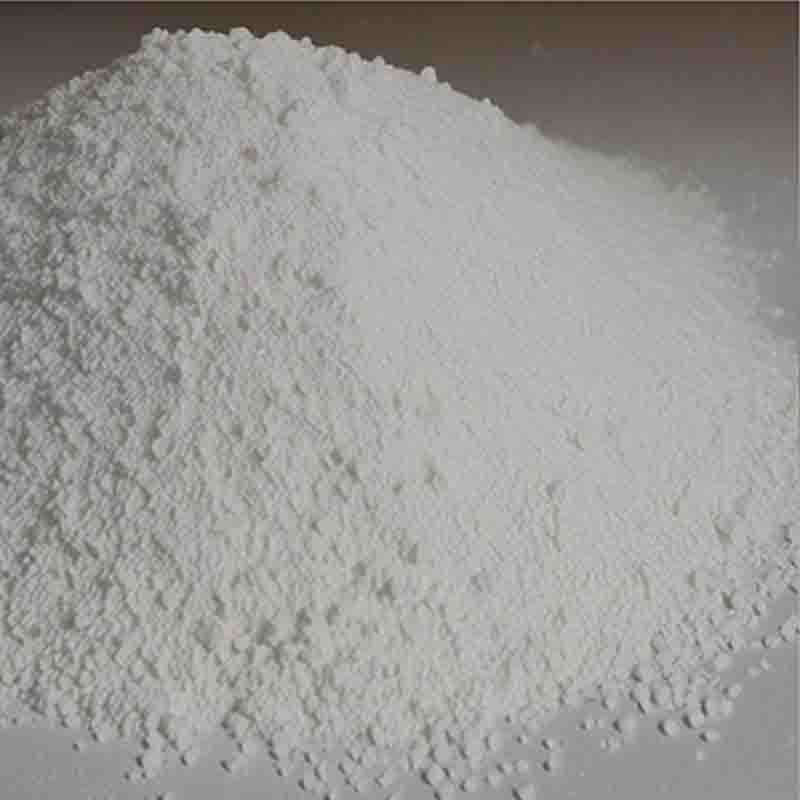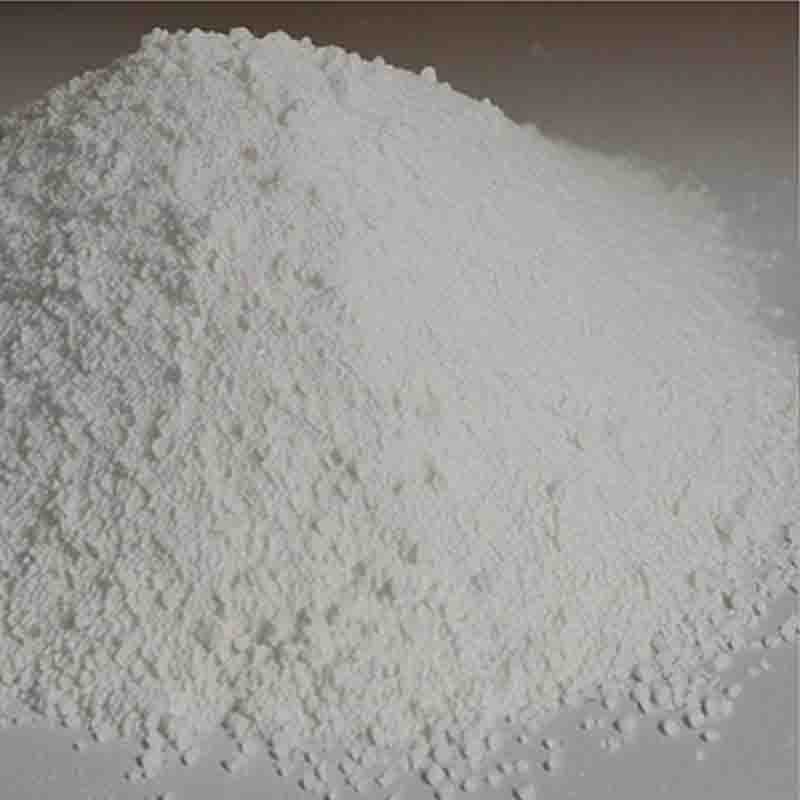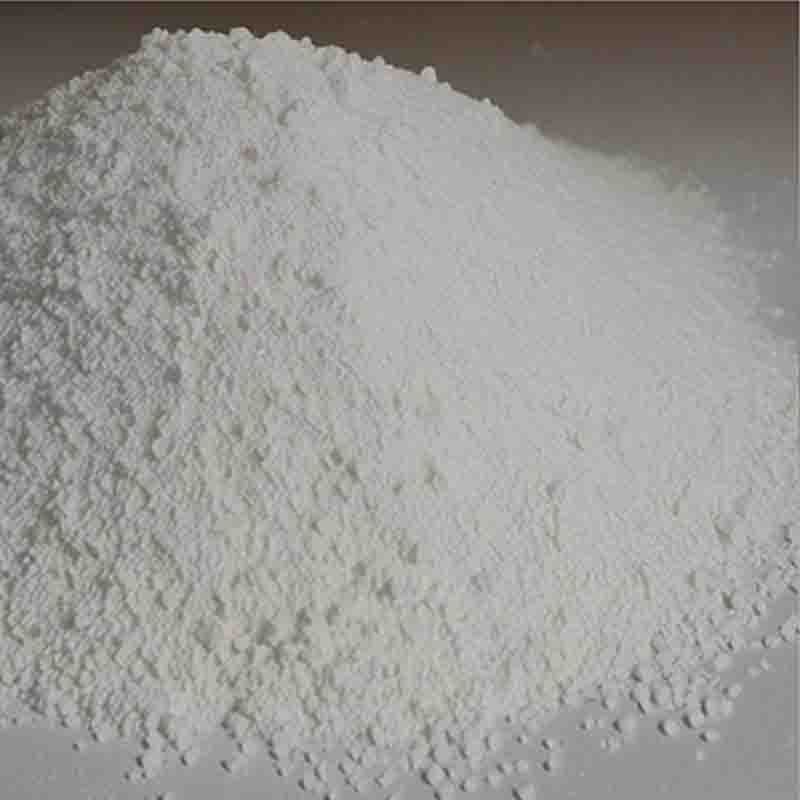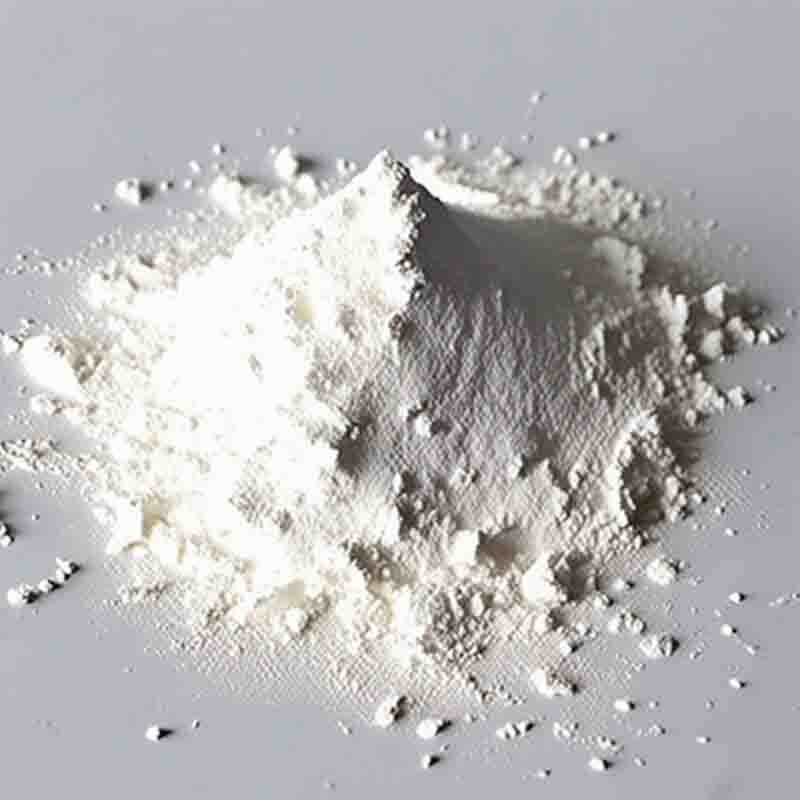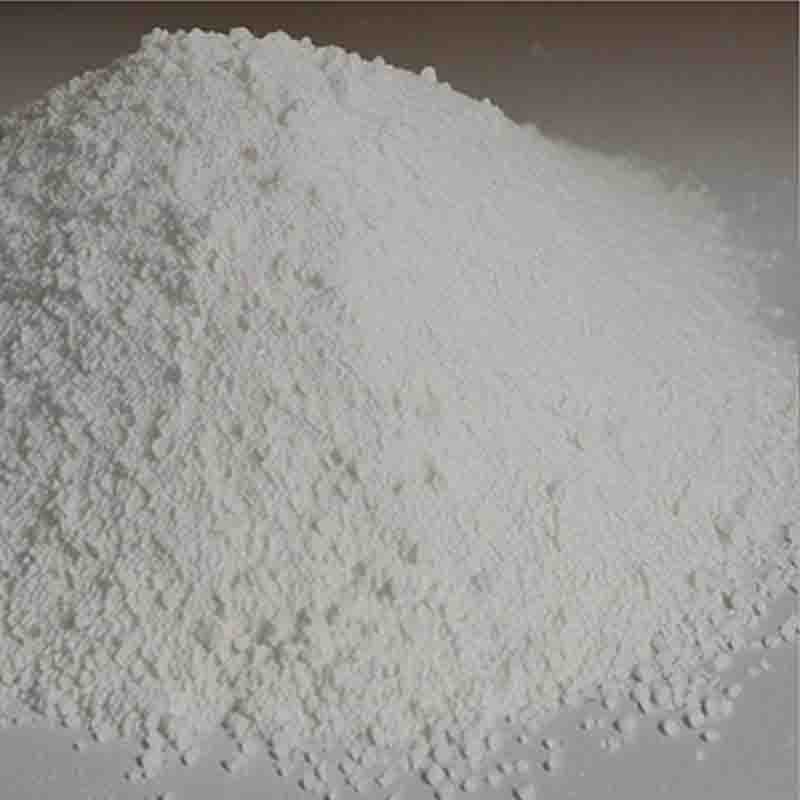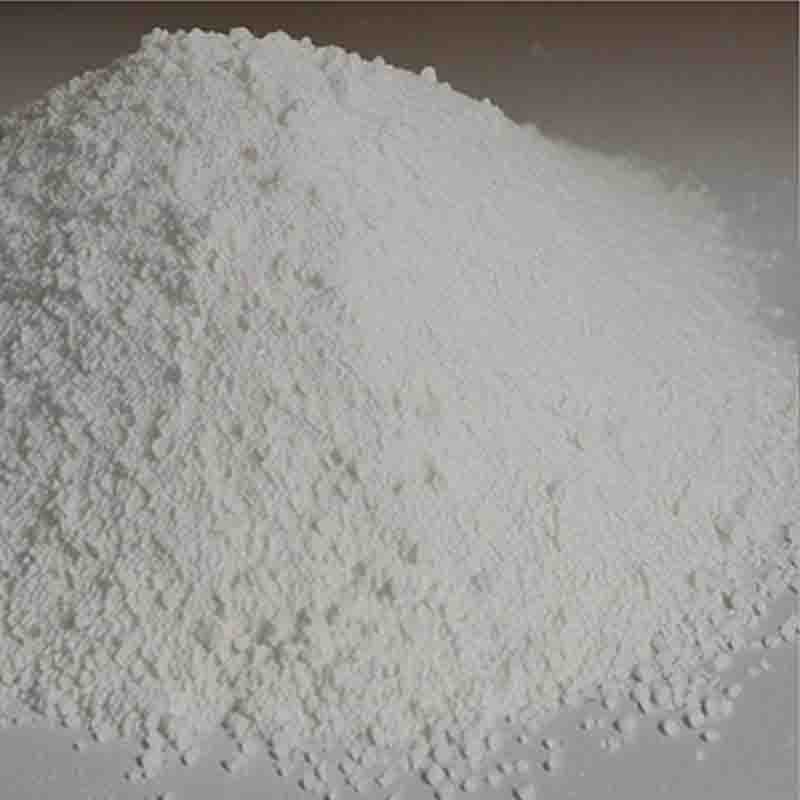Tetraammineplatinum(II)chloride CAS:13933-32-9
| Catalog Number | XD95572 |
| Product Name | Tetraammineplatinum(II)chloride |
| CAS | 13933-32-9 |
| Molecular Formula | ClH8N4Pt+ |
| Molecular Weight | 294.63 |
| Storage Details | Ambient |
Product Specification
| Appearance | White powder |
| Assay | 99% min |
Tetraammineplatinum(II)chloride, also known as Pt(NH3)4Cl2, is an inorganic compound that exhibits several effects and applications. Let's explore some of its notable characteristics:One significant effect of Tetraammineplatinum(II)chloride is its use as a catalyst in various chemical reactions. Platinum-based catalysts are widely employed in industries such as petroleum refining, chemical synthesis, and pollution control. This compound, due to its coordination environment and platinum center, can activate certain bonds and facilitate desirable reactions. Its catalytic properties make it valuable in the production of a range of goods, including fertilizers, pharmaceuticals, and plastics.Moreover, Tetraammineplatinum(II)chloride has been extensively studied for its anticancer properties. Platinum-based drugs, known as platinum complexes, have been used in chemotherapy to treat various types of cancer, including lung, ovarian, and testicular cancers. Tetraammineplatinum(II)chloride is a precursor to these therapeutic drugs, which selectively target and bind to DNA, disrupting its structure and inhibiting cell division. While effective, these drugs can have side effects, prompting ongoing research for improved platinum-based anticancer agents.Additionally, Tetraammineplatinum(II)chloride exhibits interesting optical properties. It can be used as a probe in spectroscopic techniques, such as UV-visible and infrared spectroscopy, to investigate the electronic and vibrational properties of molecules. By analyzing the interaction of light with this compound, scientists can gain insights into the chemical structure and behavior of other organic and inorganic compounds.Furthermore, Tetraammineplatinum(II)chloride has been studied for its potential in electrochemical systems. Its ability to undergo reversible redox reactions makes it a promising compound in fuel cells and electrocatalysis. The unique properties of platinum, including its high electrical conductivity and stability in harsh environments, contribute to the efficiency and longevity of these electrochemical systems.Lastly, Tetraammineplatinum(II)chloride has also found applications in materials science. It can serve as a precursor for the synthesis of platinum nanoparticles, which have unique size-dependent properties and practical applications in fields such as catalysis, sensors, and electronics. The controlled synthesis of platinum nanoparticles using Tetraammineplatinum(II)chloride allows for the production of materials with tailored properties and enhanced performance.In summary, Tetraammineplatinum(II)chloride exhibits diverse effects and applications. Its use as a catalyst, anticancer agent, and precursor for platinum drugs highlights its significance in the fields of chemistry and medicine. Additionally, its optical and electrochemical properties contribute to advancements in spectroscopy and electrochemical systems. Finally, its role in materials science allows for the synthesis of novel materials with improved properties. Continued research and exploration of Tetraammineplatinum(II)chloride's effects may lead to further applications and enhance our understanding of its potential in various fields.


